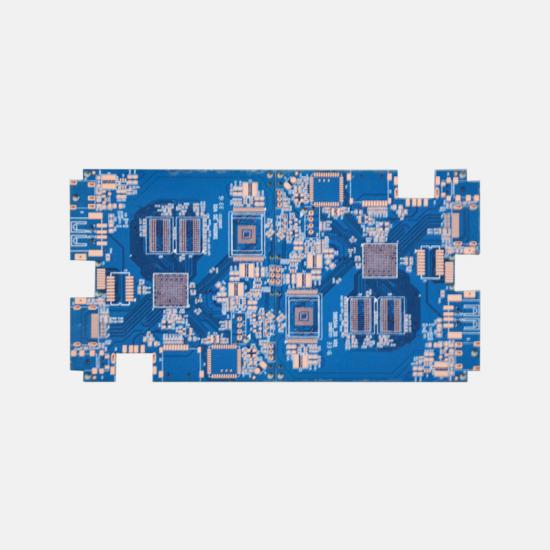Best Practices for Testing and Quality Assurance in Rigid PCB Production

In the realm of electronics manufacturing, ensuring the quality and reliability of printed circuit boards (PCBs) is paramount. Rigid PCBs, in particular, serve as critical components in countless electronic devices, from smartphones to industrial machinery. To maintain the highest standards of quality, rigorous testing and quality assurance (QA) processes are essential throughout the PCB production process. In this article, we'll delve into the best practices for testing and QA in rigid PCB production.
Comprehensive Testing Protocols:
Implementing comprehensive testing protocols is crucial to identify any defects or irregularities in rigid PCBs. This includes functional testing, where the PCB is powered up and its functionality is verified, as well as structural testing to ensure the integrity of the board's materials and construction. Additionally, electrical testing, such as continuity testing and impedance testing, helps validate the integrity of signal paths and connections.
Automated Testing Systems:
Utilizing automated testing systems can significantly enhance the efficiency and accuracy of PCB testing processes. Automated systems can perform a wide range of tests, including boundary scan testing, in-circuit testing, and automated optical inspection (AOI), with greater speed and consistency compared to manual testing methods. By leveraging automated testing systems, PCB manufacturers can streamline the testing process while minimizing human error.
Quality Assurance Checks at Each Stage:
Integrating quality assurance checks at each stage of the production process is essential to catch potential defects early on and prevent them from escalating. From raw material inspection and PCB fabrication to assembly and final inspection, every step should undergo thorough QA checks to ensure adherence to specifications and standards. This proactive approach helps mitigate risks and ensures that only high-quality PCBs reach the end customer.
Compliance with Industry Standards:
Adhering to industry standards and certifications is critical for maintaining the quality and reliability of rigid PCBs. PCB manufacturers should comply with standards such as IPC-A-600 for acceptability of printed boards and IPC-A-610 for acceptability of electronic assemblies. Additionally, certifications such as ISO 9001 and UL certification demonstrate a commitment to quality management and product safety, instilling confidence in customers and stakeholders.
Continuous Improvement Initiatives:
Continuous improvement is key to optimizing testing and QA processes in rigid PCB production. By regularly reviewing and analyzing test data, identifying areas for improvement, and implementing corrective actions, manufacturers can enhance efficiency, reduce waste, and elevate overall product quality. Continuous improvement initiatives foster a culture of excellence and drive ongoing advancements in PCB manufacturing practices.
Conclusion:
In conclusion, implementing best practices for testing and quality assurance is essential for ensuring the reliability and performance of rigid PCBs in electronic devices. By embracing comprehensive testing protocols, leveraging automated testing systems, integrating quality assurance checks at each stage, complying with industry standards, and embracing continuous improvement initiatives, PCB manufacturers can uphold the highest standards of quality and deliver superior products to their customers.
Send PCB Files to Sales@ucreatepcba.com, We Will Quote You Very Soon!
Request PCB Manufacturing & Assemble Quote Now



